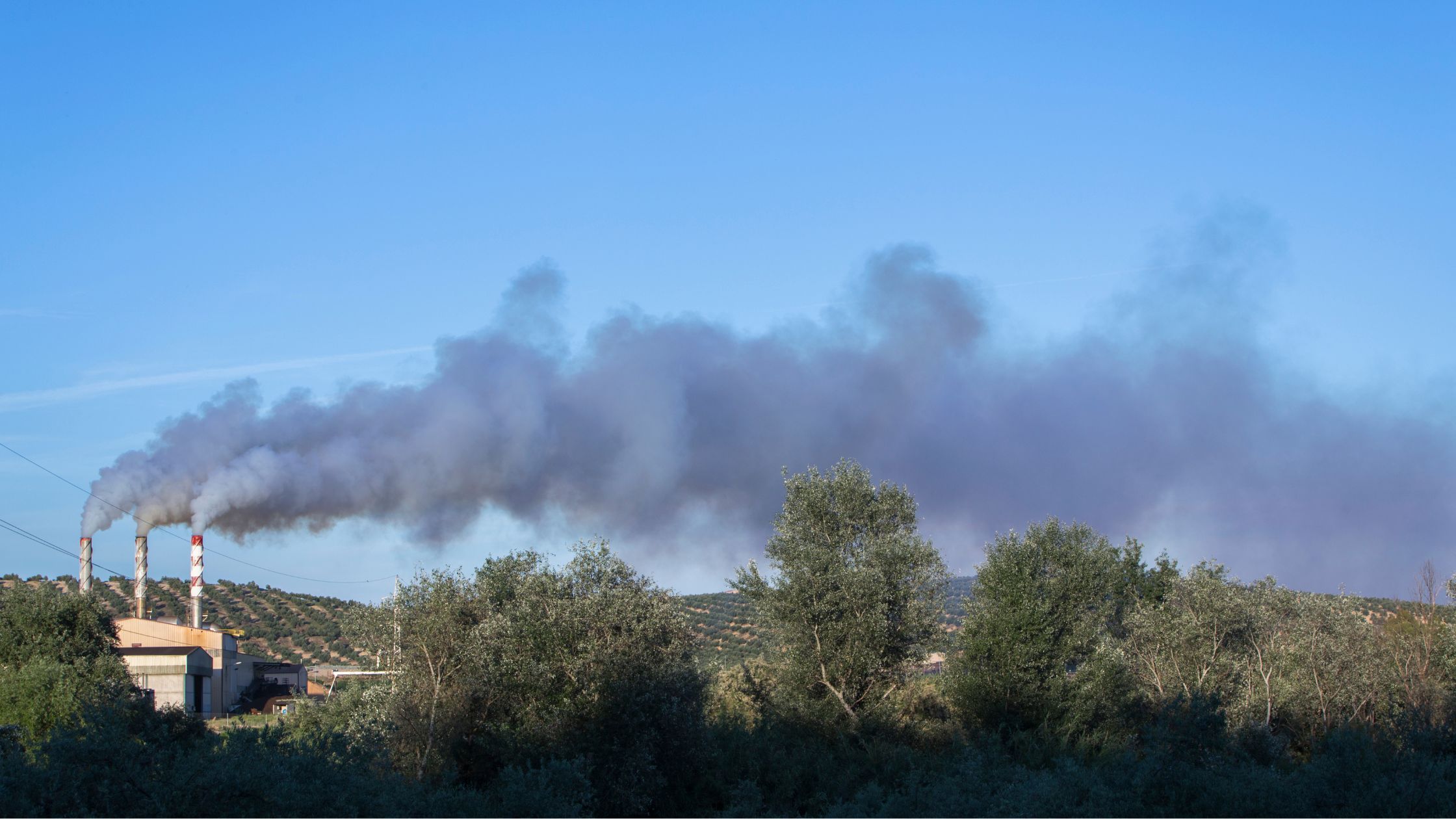The Invisible Gases Changing our World
Science

Greenhouse gases (GHG) is an umbrella term for a select few chemical compounds emitted from burning fossil fuels. Inter the emitted gasses are responsible for the warming of this planet. While it's easy not to feel responsible for global warming, every time you charge your phone, throw away a water bottle, or a cow burps, it contributes to a rise in temperature. Fossil Fuels are so ingrained in modern society that most of us would rather not think about it. Even the creation of the phrase GreenHouse Gasses was western media ploy designed to soften the tone around by-products of fossil fuel use. There are 3 main GHGs, some more prevalent in the atmosphere and some more dangerous.
Carbon dioxide is the one most people have heard of and is incredibly prevalent in our atmosphere as it is food for most vegetation. While the carbon slice of the global air supply pie isn't that of nitrogen or oxygen, it's sizable enough to be the root cause of the climate crisis. The second most common GHG is methane, known humorously as an output cow's gastrol cycle; it's worst as a by-product of natural gas production. Because of neglect and greed, methane is released hourly at natural gas drilling sites. Companies like Chevron and Exxon Mobil don't want to pay for the infrastructure to capture the extreme amount of excess gas that comes from drilling, so instead, they engage in flaring. Ideally, flaring turns the excess methane into carbon dioxide, but in reality, flares go out all the time, and very little is done to innovate this process.
Finally, the worst greenhouse gas and one many people haven't heard of, largely a result of a smaller share. Fluorinated greenhouse gases are less a component of electrical generation and instead are an umbrella term for the arousals humans produce in our daily lives. Think of the excess gas from your refrigerator or AC unit. Or gas by-products from making insulation foam or soldering electrical parts. While less abundant in the atmosphere, a ton of fluorinated gasses is a thousand times more responsible for rising temperatures than a ton of carbon dioxide. All of these fall under GHG and are currently essential to daily life for most of the world.
However, there is a greener future within our reach, but we must act swiftly. According to Climate.gov, global temperature rise has been accelerating at a rate of .20 degree celsius every decade since 1982. These statistics should serve as a wake-up call, prompting us to consider the future consequences of our emissions. While projections and speculations are useful, it's more important to be aware of the tangible changes happening around us. We may not see the gases polluting our atmosphere, but were all aware of the visible rises in temperature, the increasing sea levels, and the overall uptick in the frequency of devastating weather events.
The impact of rising temperatures is particularly severe in Indonesia. In 2019, Jakarta experienced temperatures over 38°C, making daily life unbearable and leading to health issues like heatstroke. Farmers were and still are grappling with lower crop yields due to the heat, posing a threat to food security. This situation is challenging for everyone, especially the most vulnerable members of our society.
The rise of sea level is a huge issue for Indonesia's coastal areas. Jakarta is sinking fast, with parts expected to be underwater by 2050. This threatens homes, infrastructure, and the economy. Coastal erosion and saltwater intrusion are also hurting agriculture and drinking water supplies.
Extreme weather events are more frequent and intense now. The 2020 floods in Jakarta displaced over 60,000 people and caused numerous deaths. Storms and unpredictable rain damage infrastructure and disrupt daily life. Poorer communities suffer the most, lacking resources to recover and adapt.
Ultimately, these are the visible effects of climate change and are very correlated to the increase in GHG being pumped into the atmosphere. While we can't always see the root cause of climate change, we all will grapple with its consequences. In the coming decades, we must actively ensure the reduction of multiple types of GHG. If you would like to read more about Fairatmos's efforts to reduce these gasses, please read more of our articles in the insights tab.
Sources:
Climate Change: Global Temperature
Climate EC Europe: Fluorinated Greenhouse Gases
About Fairatmos
Fairatmos is a climate technology company that helps you to discover, develop and deliver high quality carbon offset projects at scale. We believe in the power of nature to heal and remove greenhouse gasses from our atmosphere with the help of technology.
Our technology leverages remote sensing and satellite images to help communities and companies to discover their forest carbon credit potential, converting them from logging the forest to preserving and rehabilitating the forest confidently.
With high precision monitoring technology, we help to track carbon project performance and integrity, ensuring the social impact and biodiversity preservation. With confidence in integrity, we connect carbon offsetting companies to quality projects.
Today we have worked with more than 200 asset owners, processing more than 18M hectares of forest carbon potential across South East Asia to deliver the promise of inclusivity.
climate change, sustainable, carbon credit, carbon offset, blue carbon, buy carbon offsets, offset carbon footprint, carbon offset programs, carbon project, nature-based solutions, carbon neutral, buy carbon credits, carbon trading, global warming, sdg, climate action, cambodia climate initiatives, cambodia land, cambodia forestry, cambodia net zero emission target, cambodia enviromental initiatives

